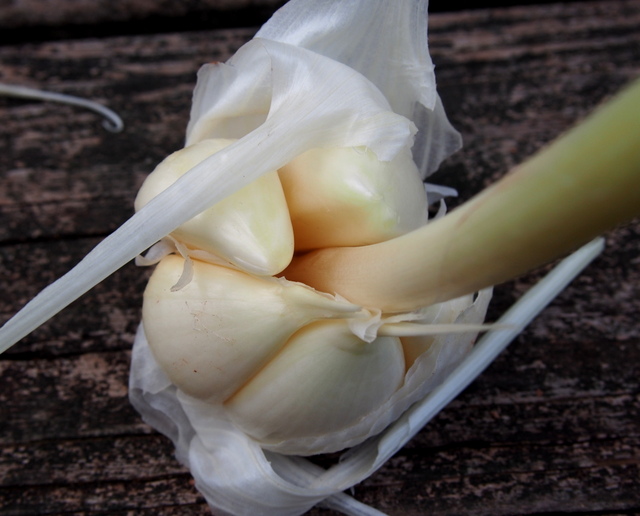Jen Malkoun has joined the Blooming Glen Farm crew as Assistant Farm Manager, an important year-round position here at the farm. As we describe in our employee manual, the assistant farm manager works closely with the farm owners, Tom and I, to ensure the daily functioning of the farm. She’s our third arm, and after just a few months, we already feel like she’s family. Besides being an amazing crew leader, a thoughtful encouraging person, and a curious and intentional farmer, she’s an excellent writer- as you’ll see from her answers to the following questions I asked her. We are thrilled to have her on board and we hope you’ll help us welcome her to Perkasie and Blooming Glen Farm.

How did you get into farming- what are some of the paths in your life that led to a life of soil.
Although it was just four years ago, it’s hard for me to draw a direct path from memory. I have always been engaged in and drawn to work that seeks to address social and/or economic disparities, but to be honest, agriculture was never a part of that equation. I grew up in Media, located in Delaware County. I went to college just outside of Baltimore and studied sociology and peace studies. While in college I was fortunate enough to intern with the Philadelphia-based non-profit The Food Trust, and was able to work on incredibly illuminating research around food access within the city. So, in a way, my path to farming began with action research in an urban setting.
After graduating, I spent a few years doing the young-professional thing in Philly, but felt incredibly unfulfilled in both the nature of the work and the cubicle environment. Around the same time I was beginning to read more about health and nutrition and explore our food system. I surrounded myself with the voices and writings of Vandana Shiva, Wendell Berry, and Eric Holt-Gimenez and learned of the brilliant and self-reliant organizing of communities as they sought to secure access to healthy, nutritious and affordable food, and reconnect with the source of their health.
These examples inspired something inside of me that had been stirring: I began to draw broader connections among the well-being of our communities, the health of our landscapes and how and by what means our food is grown and distributed. I quickly learned just how powerful agriculture is in our every day lives and the potential it has for creating unity, beauty and inspiration. But, to a great extent, these revelations were theoretical.
I decided that if I was to advocate for a change in our industrialized and disconnected food system, I had to know what it meant to actually do the work. So, I left my office job and life in the city and set out to see what this agriculture thing was all about. While the journey may have been sparked by rather romantic ideals about social and environmental change, I find myself here four years later, the path still unfolding and the discoveries ever more rich and diverse with each season.
What has kept you farming- what are some of the joys and what are some of the challenges?
So very many things have kept me on this train – some being both joys and challenges. Farming by nature is unnatural, yet in order to be sustainable (meaning farming that can be, as Wendell Berry describes, ‘continued indefinitely because it conforms to the terms imposed upon it by the nature of places and the nature of people’), farmers must learn from and work in concert with nature. This, by its very means demands humility and what sometimes feels like an unending reservoir of patience.
I am constantly humbled by the work, always learning new things and discovering just how little I know. Farming also brings to the fore the utter fragility of life: what is here today could very well be gone tomorrow, wiped out by extreme weather patterns, pests or disease. Despite this fragility, or perhaps more accurately, balancing out this delicately temporal reality is the strongly innate drive of all living things to survive. It’s something we say a lot in the fields and the greenhouses: things want to live! It’s truly an incredibly awe inspiring process to observe and be a part of.
I have also found that farming pushes people to tap into an inner strength, to uncover what they are capable of, both physically and mentally. Tasks that are seemingly insurmountable are accomplished by teamwork, collaboration and strategy. There’s more science, intuition, creativity, teamwork and collaboration in farming than any other field I’ve every worked.
If there’s one thing that has kept me going it’s the possibility that each season brings to build and reaffirm community. It is truly the kind of community that I have longed for, the connection to one another and to the land. Although farming can be repetitive, it’s never the same because each day is unique and we have to account for that and move our plans with rather than against it.

Farming is essentially at its root about growing food. Tell us about your relationship with food.
Food was always a big part of my childhood. With an Italian-American mother and a father who emigrated to the U.S. from Lebanon, we always celebrated around the dinner table.
Anything you want to share about your life beyond farming- your hobbies and interests?
I’m drawn to learning more about the nutritional and medicinal properties of food and am beginning to truly understand the meaning of food as medicine. I love the mountains and find refuge in parks with lots of trees. I am capable of eating an entire watermelon in one sitting and am perfectly content to do just that every single day that they are in season.
What specifically drew you to Blooming Glen Farm, any thoughts on being a part of this community and this farm?
Honestly, the genuineness of both Tom and Tricia and their dedication to continuing to build a successful and sustainable farm business. I wanted to learn how two farmers made the successful leap from working for others to operating their own business. In the short months that I’ve been with BGF, I’ve already learned so much about running a farm business, but equally as important, they have taught me how to find and hold the balance between serious dedication and letting go and having fun.
Post and photos by Tricia Borneman, Blooming Glen farmer and co-owner.

































